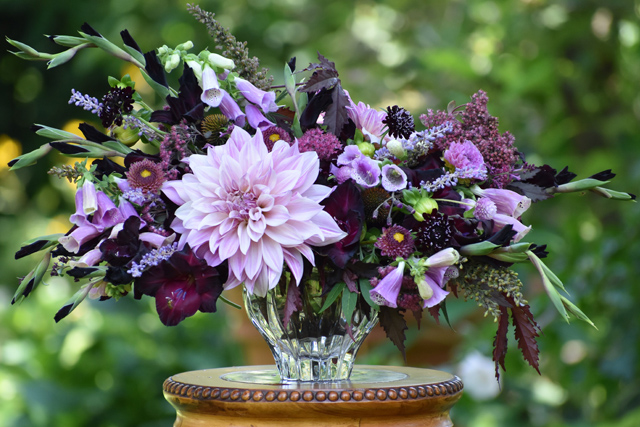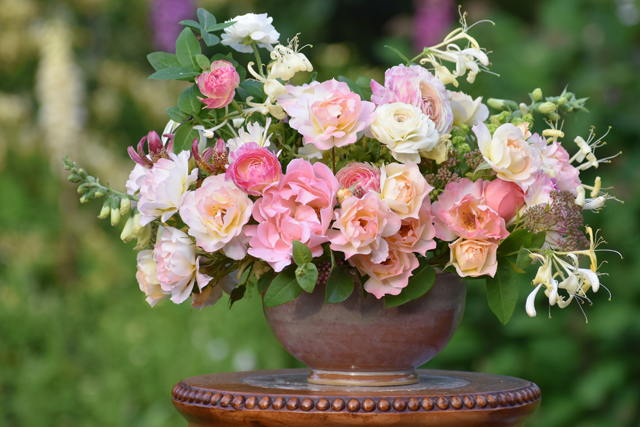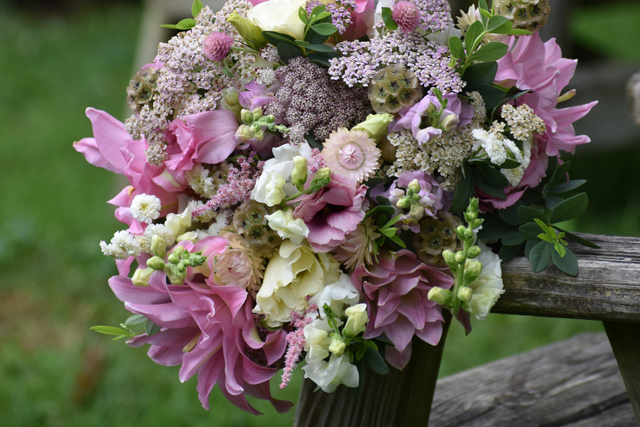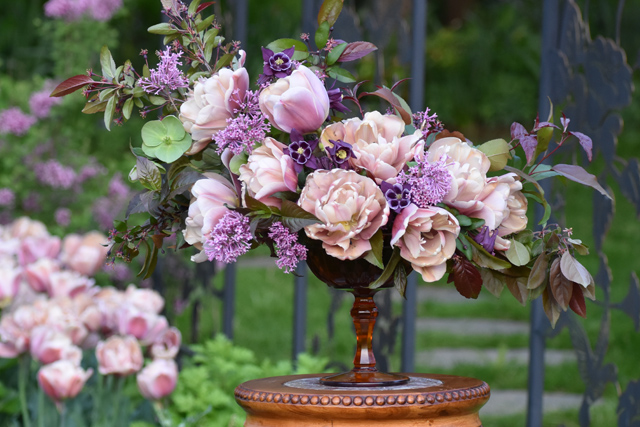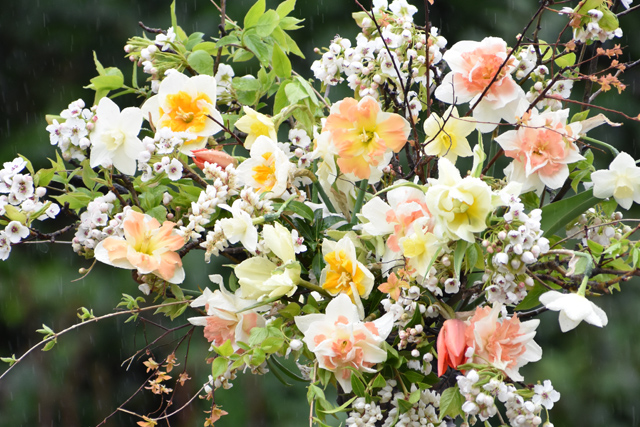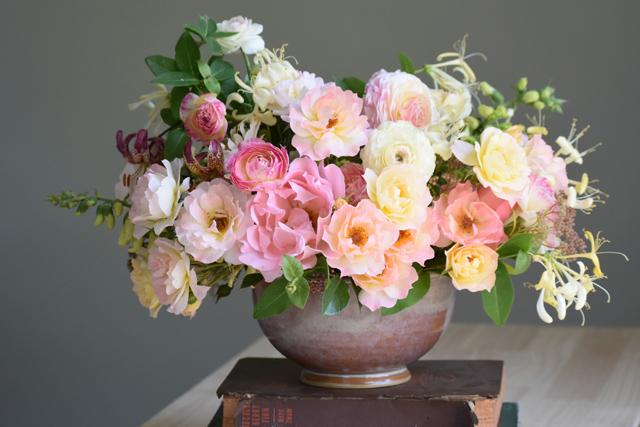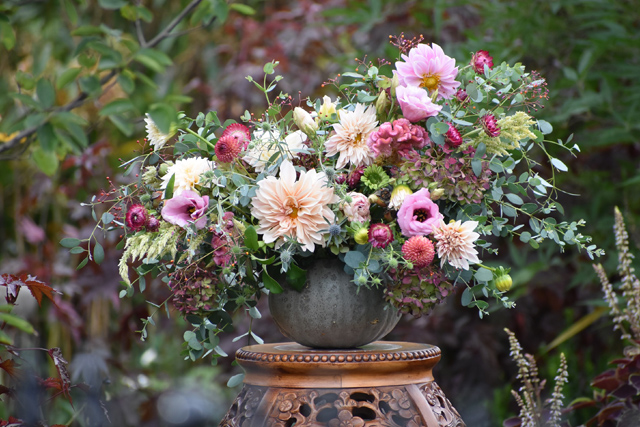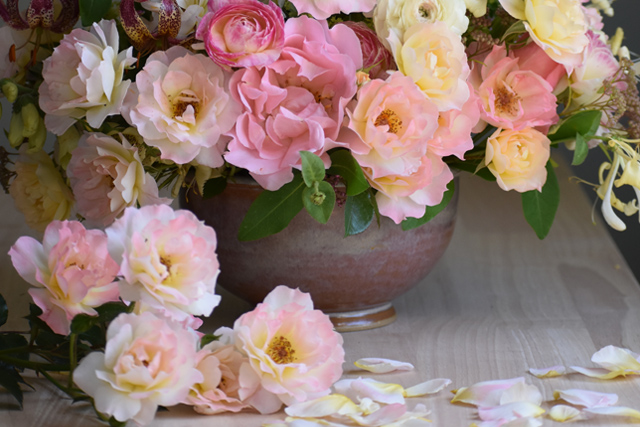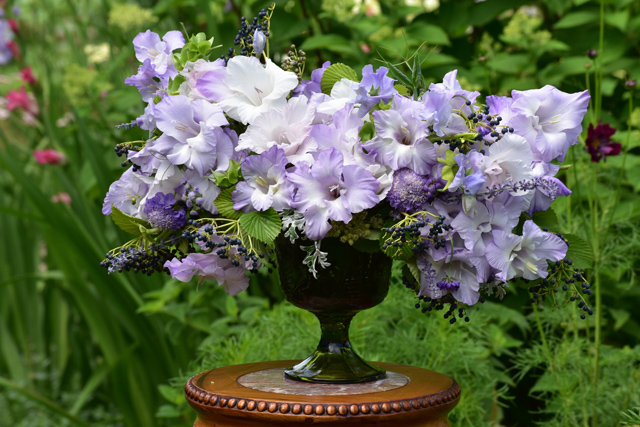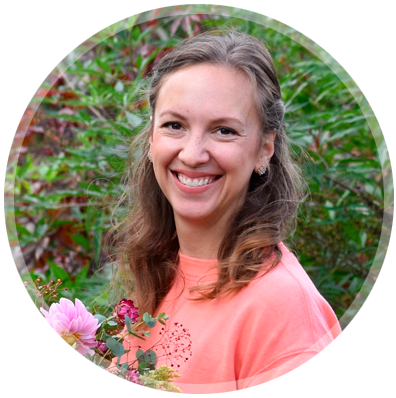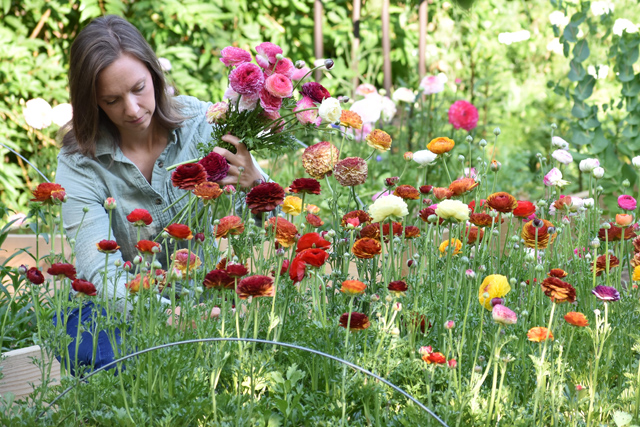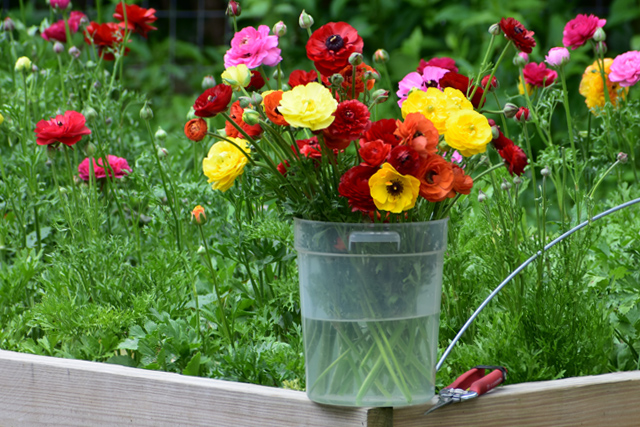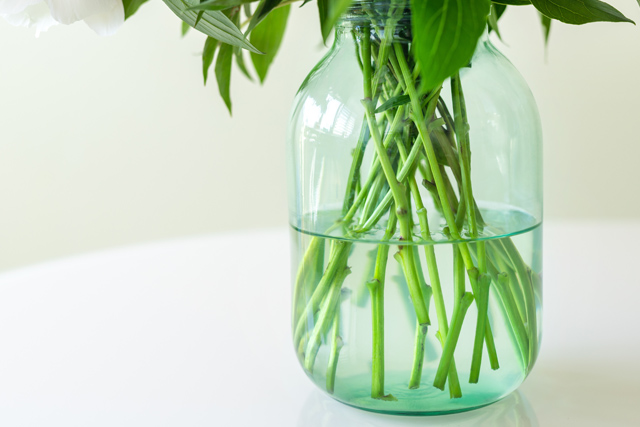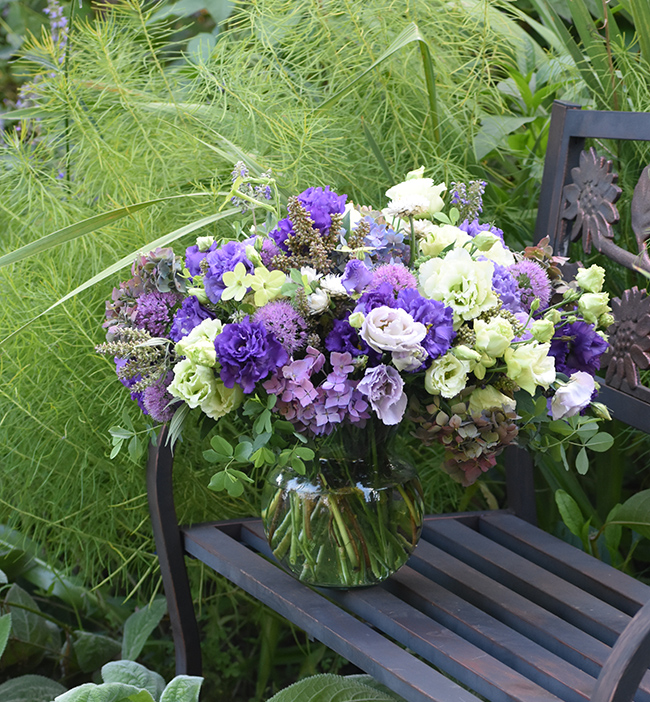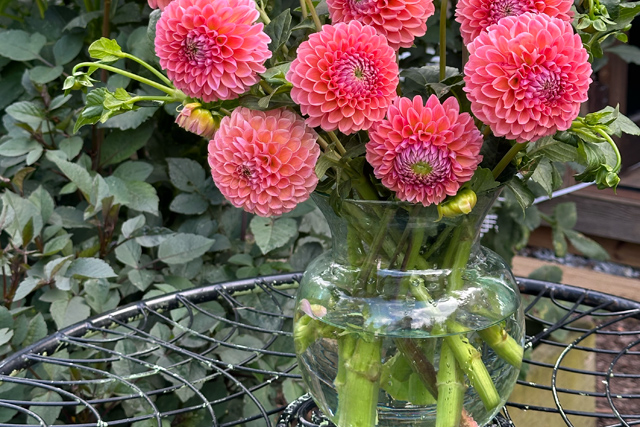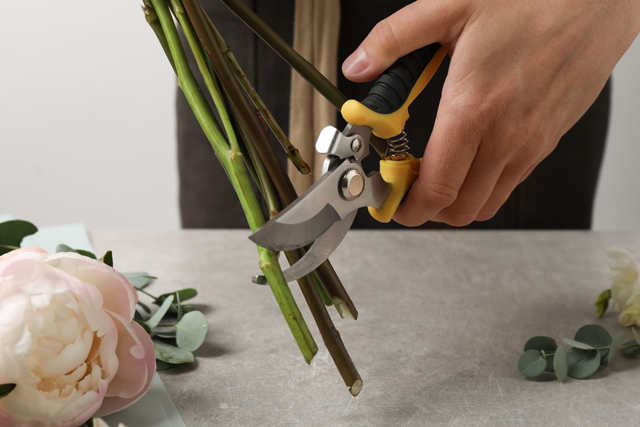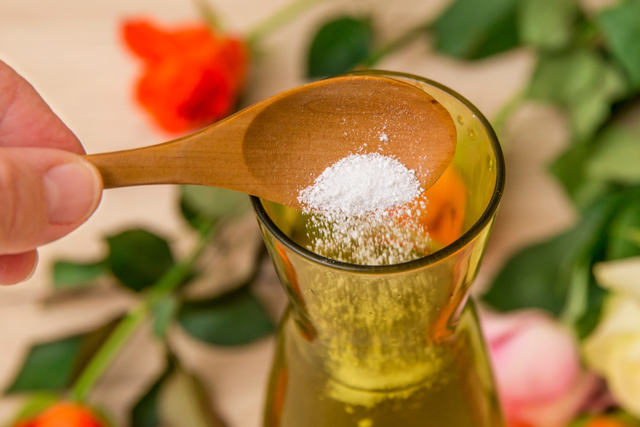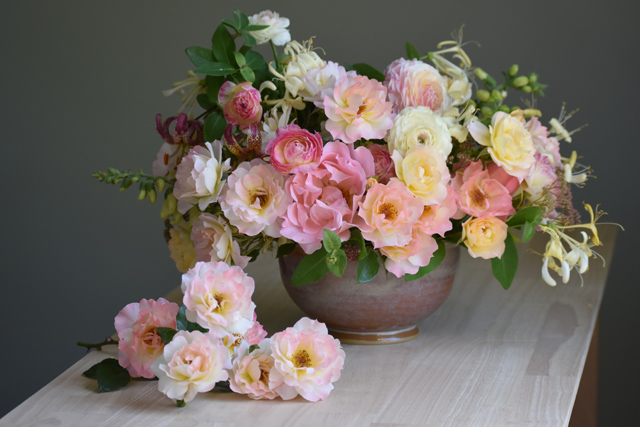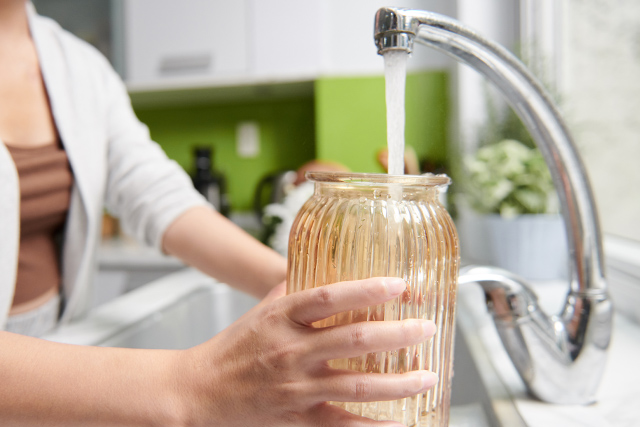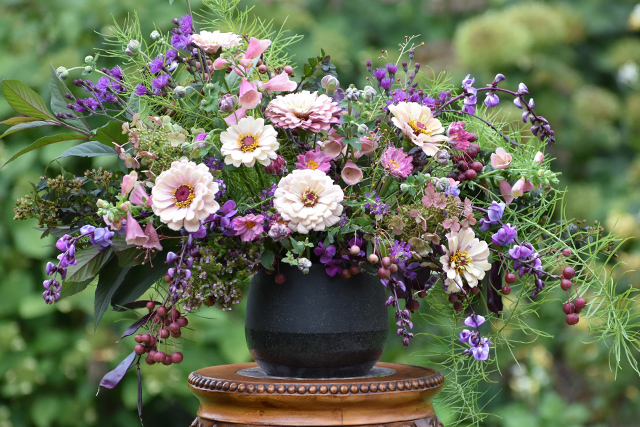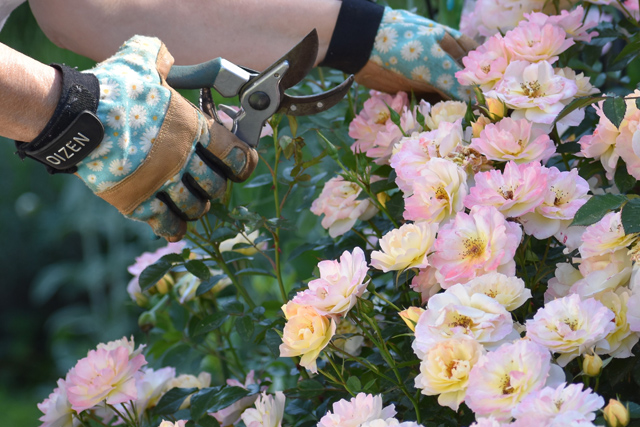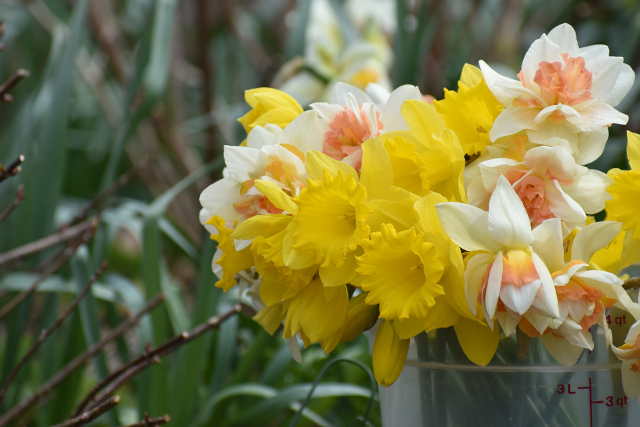
Make daffodils play well with others
Daffodils should be pulled from the ground instead of cut. Since the sap that daffodils secrete is toxic to some other flowers they should be conditioned separately before being used in mixed bouquets. Place freshly harvested daffodils into cool water and let them sit for three hours. During this time, the sap will run out from the stem. After conditioning, the daffodils can be safely paired with other blooms.
Save peonies for later
You can dry store peonies in your refrigerator for a month and rehydrate them later. For dry storage, harvest peonies in marshmallow stage and wrap bunches of ten in paper. Avoid botrytis by ensuring that absolutely no moisture is present on the stems and buds before storage. Place wrapped bunches in a refrigerator or cooler set at 34/35° F for up to one month. To rehydrate dry-stored peonies, remove them from cold storage, keep the paper on, and cut one inch from the bottom of each stem. Place the wrapped stems into a bucket of clean, room temperature water and allow the stems to rehydrate for a few hours. The paper wrapping should stay in place until the stems are stiff are fully rehydrated. This will ensure the stems stay upright during rehydration.
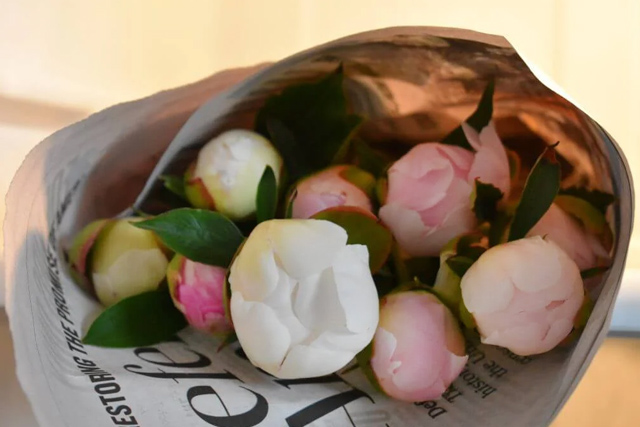
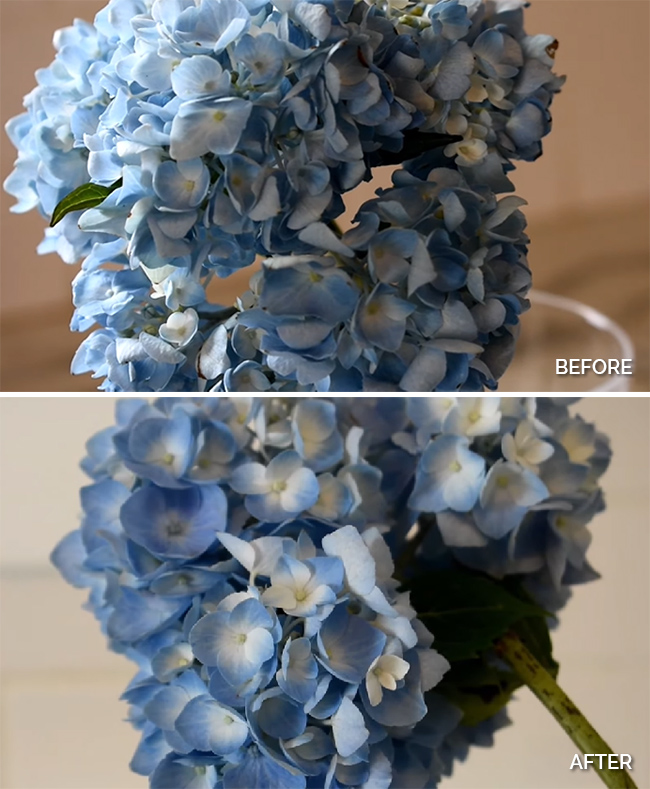
Revive wilted hydrangeas
Sometimes cut hydrangeas will wilt in the vase. Luckily, there are two easy ways to revive them. The first method is the boiling water technique. Recut the wilted hydrangea stem and place it into a vase with an inch of boiling water. Then let the water cool to room temperature. By the time the water has cooled, the hydrangea will be fully rehydrated and firm. When using this method, don’t pack the vase with too many wilted hydrangeas because the heads may be damaged if the steam isn’t able to escape.
Another way to revive wilted hydrangeas is to place the entire bloom into a large basin of cool water for 30 minutes. After this time has passed, take the bloom out of the water bath, place it in a vase of water, and allow the head to air dry. Within a few hours, the hydrangea will have perked back up and be ready for arranging!

